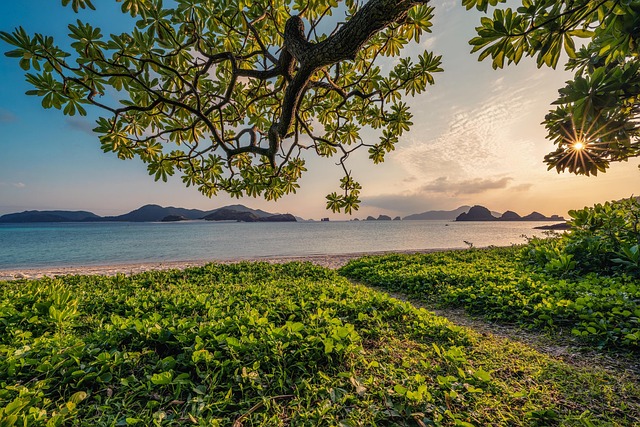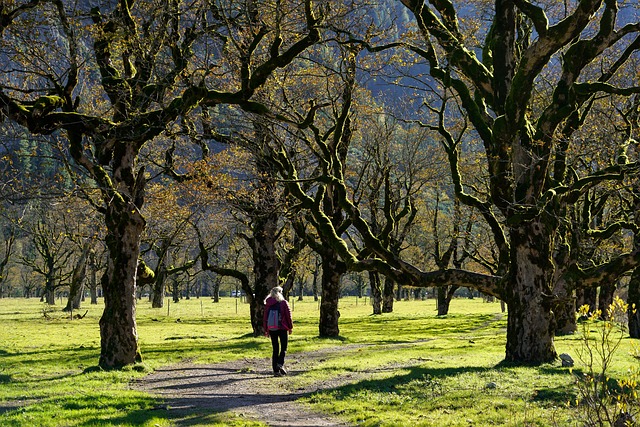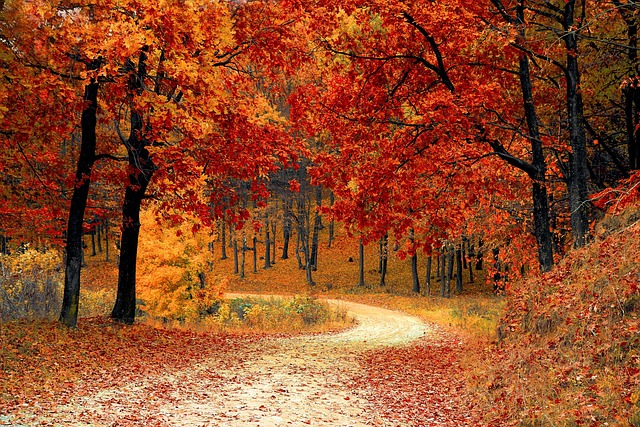Oregon's scenic trails offer accessible outdoor experiences for all abilities, featuring well-maintained paths, accommodations for mobility challenges, and inclusive wayfinding. Adaptive equipment enables diverse users to enjoy nature's beauty, while community efforts continue to enhance accessibility through physical modifications and cultural shifts. The state's commitment to inclusive design ensures everyone can fully immerse themselves in Oregon's breathtaking landscapes.
Explore breathtaking Scenic Oregon trails, a natural paradise designed for all abilities. From gentle walks to challenging hikes, these trails showcase the state’s stunning landscapes, offering an accessible outdoor experience for every adventurer. Discover key accessibility features, learn about adaptive equipment, and understand how community efforts and inclusive design principles enhance enjoyment for everyone.
- Scenic Oregon Trails: A Natural Paradise for All
- Accessibilty Features to Look Out For
- Navigating Slopes and Curbs with Ease
- Adaptive Equipment: Enhancing Outdoor Joyride
- Community Efforts: Making Trails Welcoming
- Inclusive Design: Shaping Future Hiking Paths
Scenic Oregon Trails: A Natural Paradise for All

Oregon is a state renowned for its breathtaking landscapes and diverse terrain, offering a plethora of scenic Oregon trails that cater to hikers of all abilities. From rolling hills to majestic mountains and lush forests, the state’s natural beauty provides an inviting backdrop for outdoor enthusiasts. Whether you’re a seasoned hiker or just starting, there’s a trail waiting to be explored.
These trails not only offer stunning vistas but also serve as accessible pathways, ensuring everyone can connect with nature. Many of Oregon’s scenic routes are meticulously maintained and marked, featuring well-built boardwalks and ramps for those with mobility challenges. The state’s commitment to inclusivity ensures that all visitors can enjoy the peace and tranquility of its natural wonders, making it a true paradise for outdoor lovers of every skill level.
Accessibilty Features to Look Out For

When exploring scenic Oregon trails, ensuring accessibility for all abilities is paramount. Look out for features like wide, paved paths that accommodate wheelchairs and strollers, gentle gradient slopes to make hiking more manageable for those with limited mobility, and well-maintained handrails along steep sections. These accessibility features not only cater to physical needs but also enhance the overall experience for everyone, allowing nature enthusiasts of all abilities to fully immerse themselves in Oregon’s breathtaking landscapes.
Additionally, consider trails with excellent wayfinding, including braille signage and clear markings at intersections. Accessible rest stops equipped with benches, accessible water fountains, and scenic viewpoints further contribute to an inclusive outdoor adventure. Such thoughtful design ensures that everyone can enjoy the beauty of Oregon’s trails without barriers, fostering a sense of connection to nature for all visitors.
Navigating Slopes and Curbs with Ease

Navigating scenic Oregon trails doesn’t have to be challenging for individuals with varying abilities. One of the key aspects in making trails accessible is addressing slopes and curbs, ensuring a smooth journey for all. For trails with inclines, well-planned gradients and wide paths allow easy passage for those using mobility aids or walking sticks while providing a rewarding experience for able-bodied hikers.
Curbs and stepping stones strategically placed across uneven terrain assist in guiding users, especially those with visual impairments, over potential hazards. These simple yet effective features contribute to an inclusive environment, enabling everyone to appreciate the beauty of Oregon’s natural landscapes without barriers.
Adaptive Equipment: Enhancing Outdoor Joyride

Adaptive equipment has revolutionized outdoor experiences, especially on scenic Oregon trails, making them accessible for individuals with various abilities. From specialized bikes and wheelchairs to innovative hiking aids, these tools enable everyone to enjoy nature’s beauty at their own pace. For instance, handcycles allow those with lower body limitations to navigate winding paths, while adaptive trekking poles provide stability and support for those with balance issues.
Many Oregon trails now boast improved accessibility features, such as wider pathways, gentle slopes, and well-placed rest stops, ensuring a more inclusive outdoor joyride. This shift not only broadens the appeal of these natural playgrounds but also fosters a deeper connection to the environment for all visitors.
Community Efforts: Making Trails Welcoming

In many communities across scenic Oregon trails, efforts are underway to make these outdoor spaces more welcoming and accessible for everyone, regardless of ability. Local initiatives often involve community members passionate about ensuring that these natural pathways can be enjoyed by folks using wheelchairs, strollers, or even walking assistance devices. This involves not just physical modifications but also creating a culture where everyone feels included.
From adding accessible parking spaces to installing ramped entrances and smooth, wide paths, these changes are transforming Oregon’s scenic trails into destinations for all. Community efforts also focus on wayfinding improvements, providing clear signage in braille and large print, and training volunteers to offer assistance when needed. Such inclusive practices not only enrich the outdoor experience but also promote social connections and a deeper appreciation of nature among diverse groups.
Inclusive Design: Shaping Future Hiking Paths

In an effort to make outdoor experiences accessible to everyone, inclusive design principles are reshaping scenic Oregon trails. This approach ensures that hiking paths cater to a diverse range of abilities, from those using wheelchairs to hikers with limited mobility. By implementing wider trails, gentle grade slopes, and well-placed rest areas, these paths encourage full participation in nature’s beauty.
Oregon’s commitment to inclusive design extends beyond physical accessibility. The state actively involves local communities and people with disabilities in trail planning and development, ensuring that the needs and perspectives of all users are considered. This collaborative approach results in hiking trails that not only comply with accessibility standards but also offer enriching experiences for a broad spectrum of visitors, enhancing the allure of Oregon’s scenic landscapes.






